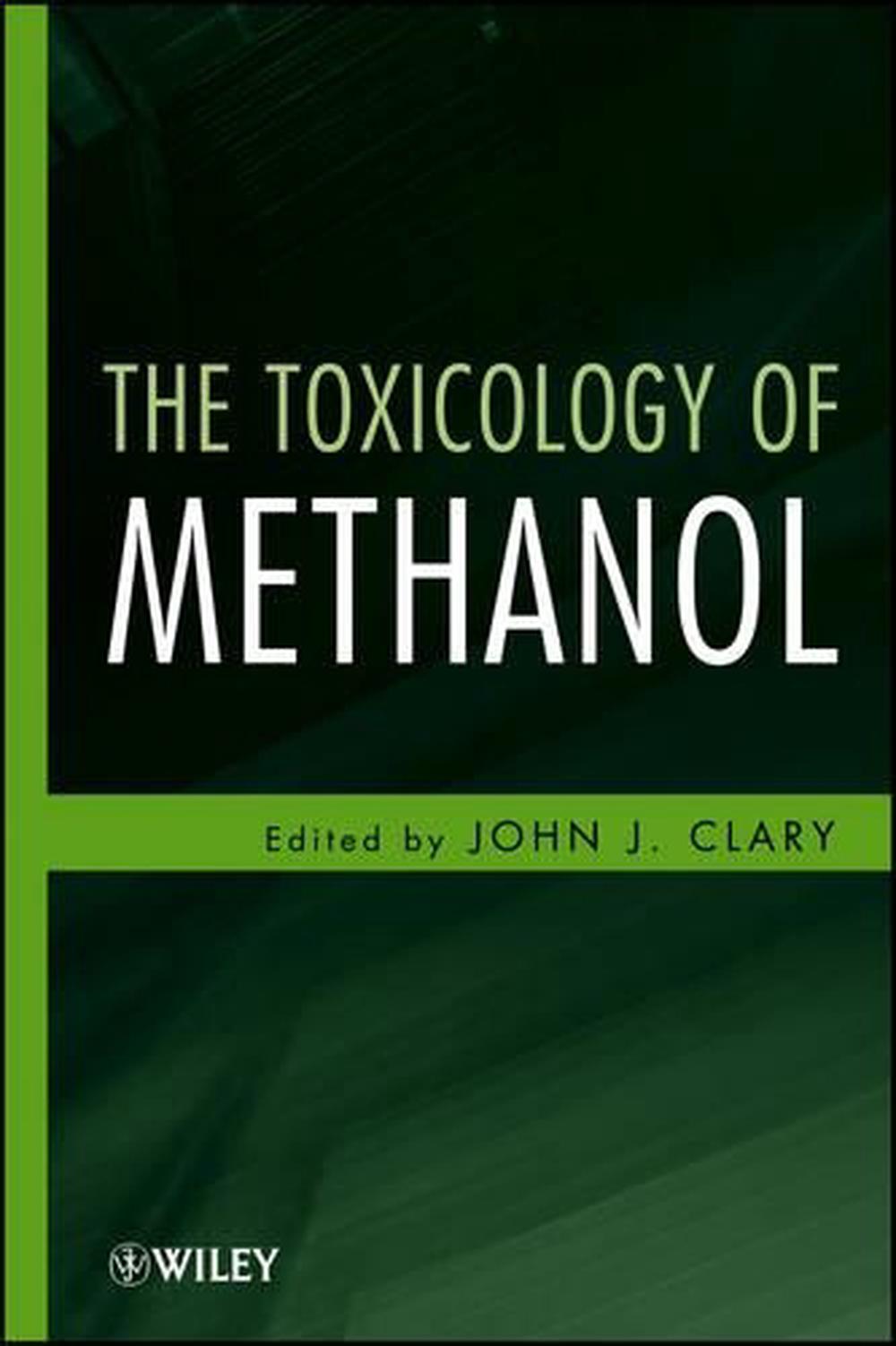
The Toxicology of Methanol, 1st Edition
$366.15
- Hardcover
304 pages
- Release Date
16 January 2013
Summary
Unveiling Methanol’s Toxic Secrets: A Comprehensive Guide
The Toxicology of Methanol presents a single source of information and an understanding of the toxicity of methanol from animal data, potential environmental effects as well as human effects. The animal data, which goes to making up the majority of the data on the toxicity of methanol and the mechanism of action, is reviewed as it relates to the potential toxicity in humans.
Book Details
| ISBN-13: | 9780470317594 |
|---|---|
| ISBN-10: | 0470317590 |
| Author: | John J. Clary |
| Publisher: | John Wiley & Sons Inc |
| Imprint: | John Wiley & Sons Inc |
| Format: | Hardcover |
| Number of Pages: | 304 |
| Edition: | 1st |
| Release Date: | 16 January 2013 |
| Weight: | 631g |
| Dimensions: | 241mm x 165mm x 25mm |
You Can Find This Book In
About The Author
John J. Clary
JOHN J. CLARY is President of Bio Risk, a toxicology consulting firm. Previously, he worked for two U.S. government research laboratories, managed the toxicology groups of DuPont and Hoechst Celanese, and served as Director of Toxicology for Dow Corning and Celanese. Dr. Clary has authored sixty-five articles.
Returns
This item is eligible for free returns within 30 days of delivery. See our returns policy for further details.




